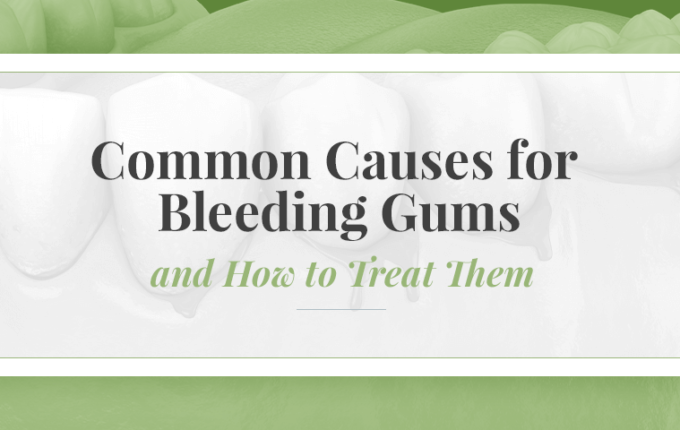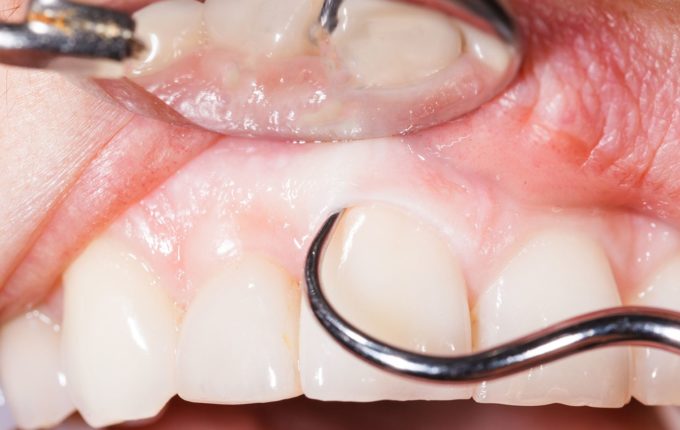Cosmetic Gum Surgery — Everything You Need to Know
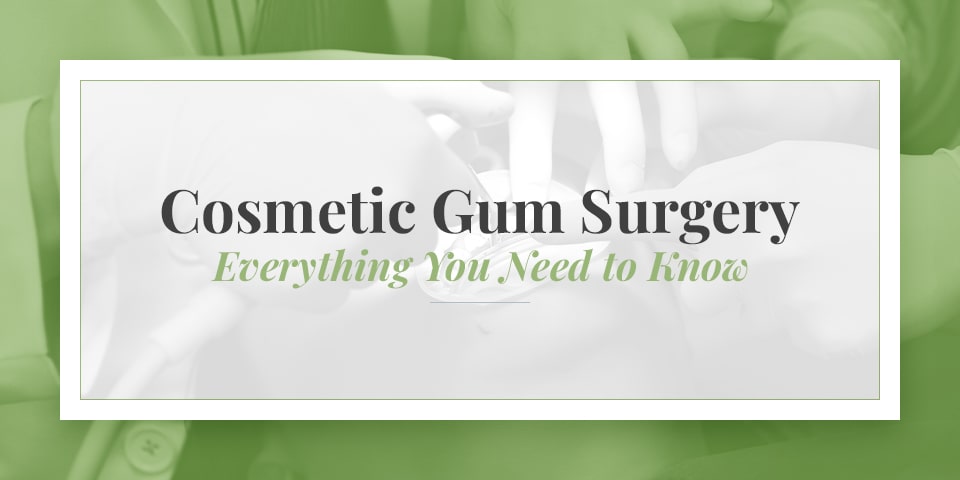
Gum reshaping or contouring surgery enhances a smile’s appearance and offers improved tooth protection. You might also see the procedure termed gingival sculpting or gingivoplasty. In many cases, the surgery is purely cosmetic, though it can be a medical necessity for some. Patients seek gum reshaping for a number of reasons.
Some patients hope to restore receded gums to protect and beautify their teeth. Others wish to make their smiles more symmetrical or minimize the appearance of their gums when they smile. In any case, gum reshaping is a simple, effective procedure. Below, you will learn everything you need to know about gum reshaping, including the surgical process, the recovery period, the cost and possible alternative choices.
What Is Cosmetic Gum Surgery?
Gum reshaping surgery is a cosmetic or medical dental procedure. It improves a smile’s overall appearance by enhancing symmetry. It can also serve medical purposes as a solution for receding gums. The procedure varies depending on whether gum supplementation or reduction is necessary.
Gum Reshaping as a Cosmetic Procedure
Cosmetic dentists have realized the importance of a symmetrical smile that balances the edges of the teeth and where the teeth meet the gums. Each should be in even proportion without disparities from the left to the right side. Gum reshaping creates symmetry from one side of the mouth to the other. Either side of the central teeth is a mirror image of the opposite side when the procedure is complete. Together, upper and lower symmetry result in a winning smile.
Gum Reshaping as a Medical Procedure
In some cases, gum reshaping also serves a medical purpose. It is a treatment for gum recession associated with periodontal disease. Periodontal disease can cause the deterioration of the gums and bone, the supporting structures of the teeth, resulting in gum recession. If left untreated, gum recession can lead to bone loss, which can cause the teeth to loosen or fall out. Restoring the gums with gum reshaping protects the area from further damage and can save teeth from loosening.
Those with periodontal disease may also need dental deep cleaning, special medication, or bone grafts. To avoid periodontal disease, use preventive methods, including daily dental hygiene and regular checkups. In most cases, dentists will note the signs of gingivitis and administer treatment before periodontal disease develops. If gum deterioration remains unchecked long enough, procedures such as gum reshaping become essential. When gum reshaping is a medical necessity, it still serves cosmetic purposes, as well. It enhances a smile’s symmetry and appearance, increasing the patient’s confidence.
Whether medical or cosmetic, gum reshaping is a minor surgical procedure causing limited discomfort and downtime. Most patients need as little as one sitting and one follow-up appointment to complete gum reshaping. You might consider other procedures, such as porcelain veneer application, to achieve your ideal smile.
Who Can Get Cosmetic Gum Contouring Surgery?
Gum contouring surgery is a common solution for both medical and cosmetic purposes. Someone with periodontal disease or gingivitis, the early stage of periodontal disease, might choose gum reshaping to restore their gums. In other cases, gum contouring is cosmetic alone, helping patients feel confident in their smiles.
The procedure creates more desirable ratios for proportional tooth length and width. The result is a balanced and symmetrical appearance with an even gum line. Anyone who feels insecure about their smile might consider cosmetic gum surgery.
If you feel your smile is asymmetrical or you have a gingival smile that displays an excessive amount of gums, you may choose gum contouring. Those with receding gums also choose gum reshaping to adjust their smile’s appearance.
What Does the Gum Contouring Process Look Like?
The gum reshaping process involves a minor surgery. It is an in-office procedure completed in one visit. You will most likely remain awake during the surgery, with a local anesthetic numbing the gum area. The process will vary depending on whether your gums require augmentation or reduction.
What Is the Process if My Gums Need Gum Reduction Surgery?
Those who have a gingival smile might need gum reduction. Excessive gum coverage can make teeth look asymmetrical or too short for the mouth. If your gums need reducing, the doctor will remove the excess using a soft-tissue laser or scalpel. Note that this procedure is permanent. Any gums removed this way will not grow back, so you will only need to undergo gum reshaping once.
Though the gum reduction process may sound uncomplicated, it requires meticulous preplanning and precision to result in an even, proportional gum line. Paired with veneers or porcelain crowns and bridges, gum reduction can help create a patient’s ideal smile.
What Is the Process if My Gums Need Supplementation?
In other cases, a patient may need gum supplementation. Receding gums are common, especially among adults over the age of 40. Gum tissue can recede for a number of reasons, including:
- Periodontal disease
- Aggressive brushing over time
- Tartar buildup
- Hormonal changes in women
- Smoking
- Diabetes
- Bacterial infection
If your gums need supplementing, the process is a bit more complicated as additional tissue must be sourced. In most cases, we source tissue from another part of your mouth, often the palate. Because this tissue originates from your mouth, your immune system should not reject it. You may notice some scabbing as the tissue heals together.
How Long Does Gum Contouring Surgery Take?
How long the procedure takes depends on the extent of reshaping needed. If more extreme reshaping is necessary, the surgery will take longer. Most patients can expect the process to last between one and two hours.
Is Cosmetic Gum Surgery Painful?
It is unlikely to feel any pain during the procedure because of the local anesthesia used during surgery. During the recovery process, patients might feel tenderness and discomfort proportional to the necessary amount of reshaping. The pain is mild to moderate and not long-lasting.
What to Expect During Recovery
The downtime after a gum reshaping surgery is minimal, although complete healing may require a few weeks. You will need to limit some activities for at least the first few days after the procedure, depending on the extent of your reshaping and the tenderness you experience. You will need to eat soft foods during these days while avoiding some other foods. You might need to use an antibiotic mouth rinse to help reduce the odds of post-surgery infection.
Approximately one week following the procedure, we will schedule a follow-up appointment. During this appointment, we will monitor your gums, ensure proper healing and check for any signs of infection. Signs of infection include:
- More dramatic swelling
- Increased pain
- Discharge from the gums
If you notice any of these symptoms during the healing process, notify us as soon as possible. Following all post-recovery instructions should help minimize the risk of infection. Reference the following guidelines for a smoother recovery.
What Foods Should You Eat After Gum Contouring Surgery?
You may need to limit your diet to soft foods for the first few days following surgery. During this period, we recommend eating foods such as:
- Yogurt: Eating yogurt can help support your immune health without damaging your new smile or causing pain.
- Applesauce: Eating applesauce will allow a serving of fruit into your recovery diet.
- Mashed potatoes: Mashed potatoes are a great way to fill your stomach without using your teeth.
- Jell-O: Jello-O can help reduce hunger without requiring hard chewing.
- Soup: A nutritious soft food option, a well-rounded soup will help keep you nourished.
- Eggs: On the recovery diet, you might find protein lacking. You can eat eggs to recoup the loss of protein.
After the first few days, you can transition back into a normal diet. Be sure to make cautious food choices for the first week or two, avoiding certain foods. Do not eat foods that might become lodged between your gums. Foods to avoid will include crackers, popcorn, chewy foods, fruits with small seeds, acidic foods and spicy foods. Anything that might aggravate or irritate the mouth is to be avoided, as it could slow the healing process or result in infection.
How Should You Maintain Oral Hygiene?
As you recover from your gum reshaping, you will need to maintain oral hygiene. For a few weeks following your procedure, be gentle and cautious as you brush and floss your teeth. Rough brushing may damage your newly shaped gums. You can also use an alcohol-free mouthwash or a saltwater rinse to clear away any lingering food particles. A quick saltwater rinse after eating is an excellent way to promote cleanliness during recovery.
What Physical Activities Can You Do?
Allow your body to recuperate for an optimal recovery time. Rest often for the first few days after the procedure. Limit strenuous activity for a week or two, including sports, running or weight lifting. After a couple of weeks, you can begin resuming regular activity in increments, but be careful not to push your body to extremes during recovery.
How Can You Manage Discomfort?
Your discomfort level after the operation will depend on the extent of reshaping. In some cases, we might prescribe a pain medication, though over-the-counter medication should suffice. If using over-the-counter medication, choose acetaminophen or ibuprofen, found in Tylenol or Advil. Avoid aspirin, which can cause bleeding.
You can also apply a cold compress or towel-wrapped ice to your mouth to minimize pain and swelling. Make sure to include a piece of cloth between your skin and the ice or cold compress. Apply the compress no more than 15 to 20 minutes at a time, and do not fall asleep with it applied. Leaving the ice or cold compress on too long or allowing ice direct contact with your skin can cause ice burn or frostbite.
Though a cold compress is an effective way to reduce swelling, mindful, cautious use is important. Note that ice constricts the blood vessels, reducing blood flow. In this way, icing an injury too much can slow the healing process. You should only use a cold compress for the first day or two after the procedure. After that, swelling should be minimal.
How Long Does Gum Contouring Take to Heal?
Healing should be complete after a couple of weeks, at most. Again, this depends on the amount of reshaping needed. If your gums required extensive reshaping, you might need a bit more time to heal. If an infection occurs, healing will take longer. Most patients will only feel discomfort for a couple of days following the procedure. Even still, be sure to ease back into regular activities, such as playing sports or eating spicy foods. Allow your mouth plenty of time to recover, even after discomfort subsides.
How Much Does Gum Reshaping Cost?
Because gum reshaping is often an elective cosmetic procedure, most dental insurance providers will not cover its cost. If it is a medical necessity, your insurance will be more likely to help pay for it. In that case, schedule a conversation with your dental insurance provider. The total cost depends on the extent and complexity of the reshaping necessary. You might pay between $50 and $350 per tooth or up to $3,000 for all of your front teeth.
We understand paying for a procedure out-of-pocket can be challenging, which is why we will accept several forms of payment for better affordability. We accept credit cards, third-party financing and a flexible spending account (FSA), and we may be able to offer interest-free payment plans. We also accept many different insurance providers. Contact us to make sure your preferred form of payment is acceptable.
Alternatives to Cosmetic Gum Surgery
If your reasons for considering gum surgery are cosmetic alone, it is the only available option. If you are looking for periodontal disease treatments, you may consider a few alternative choices before undergoing surgery. Some patients might opt for pinhole gum grafting, in which a special instrument repositions gum tissue. Once the gums are in place, a collagen strip helps stabilize the attachment.
Another gum surgery alternative is a laser-assisted new attachment procedure (LANAP), in which a laser eliminates the bacteria situated in the pockets between your teeth and gums. This process will help reestablish and strengthen the seal between the mouth’s tissues and the root of the teeth.
While both of these options are beneficial preliminary steps, gum reshaping is a more permanent procedure. It creates better protection and longer-lasting results, meanwhile offering immediate smile improvement. If you are seeking a solution for gum recession, consider gum reshaping rather than the alternatives.
Contact 209 NYC Dental for Gum Reshaping Surgery
Gum reshaping is a minor medical procedure offering dramatic results. With a healthier-looking, more symmetrical gum line, you will discover more confidence in your smile. You will also have better-protected teeth in the case of periodontal-related gum recession. Gum reshaping surgery is a permanent solution for improving and strengthening your smile.
If you have any questions about gum reshaping, contact us at 209 NYC Dental. Our experienced, highly trained staff offer coordinated care and treat each patient as a human being, not just a procedure. We are the oldest continuous dental practice in New York State, offering free consultations and comprehensive dental care. For gum reshaping or other dental procedures, book your appointment online or call us at 212-355-2290 today.
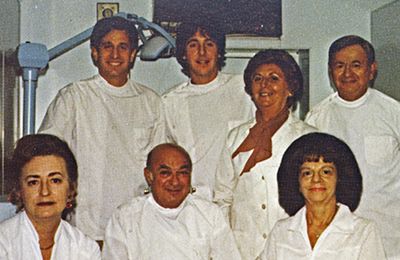 Our History
Our History
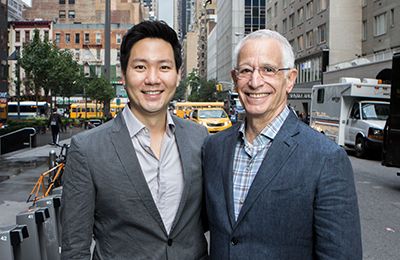 Our Providers
Our Providers
 About Us
About Us
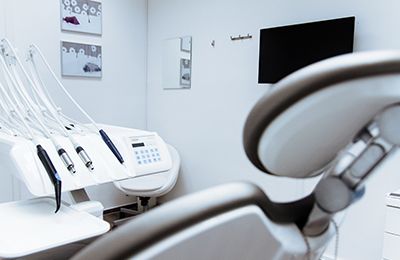 Blog
Blog
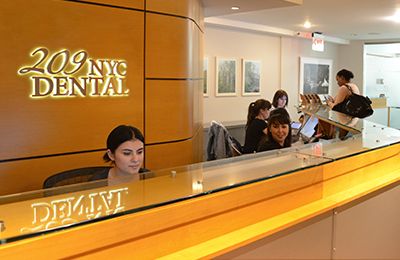 Contact us
Contact us
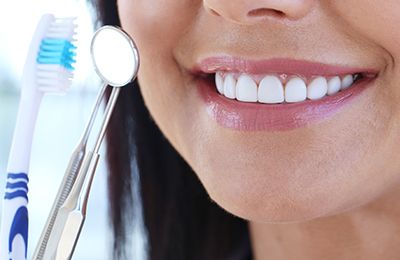 Diagnostic & Preventive
Diagnostic & Preventive
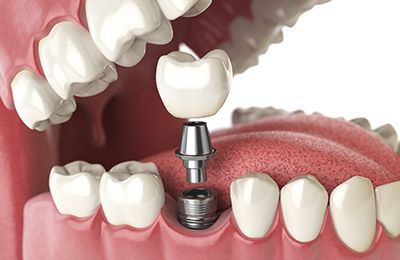 Implant Dentistry
Implant Dentistry
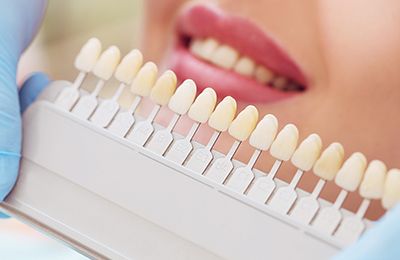 Cosmetic Dentistry
Cosmetic Dentistry
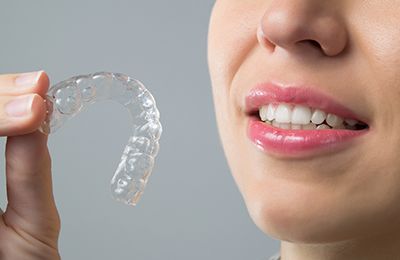 Clear Braces
Clear Braces
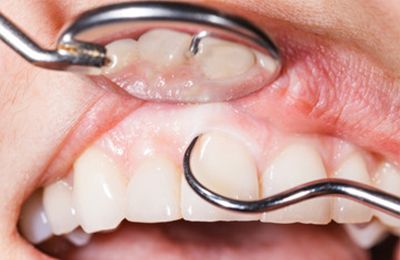 Periodontics
Periodontics
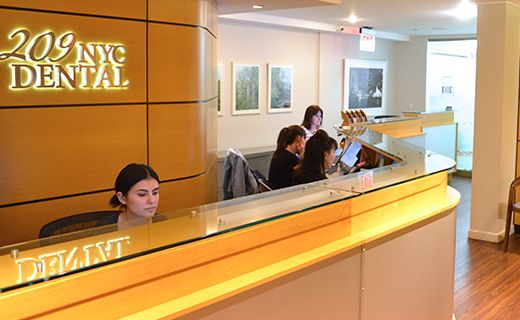 Patient Forms
Patient Forms
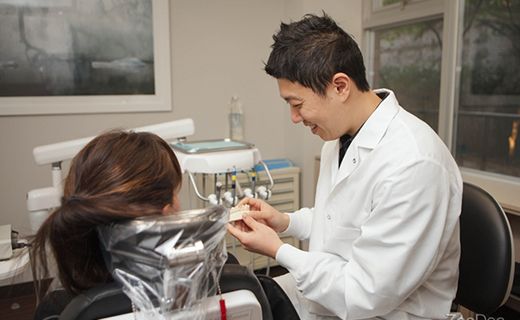 Payment Information
Payment Information
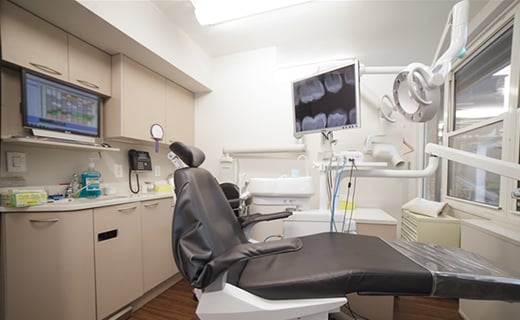 Insurance Options
Insurance Options
 CareCredit Dental
CareCredit Dental
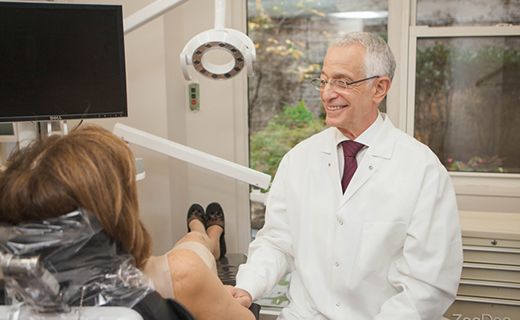 Appointment Policy
Appointment Policy
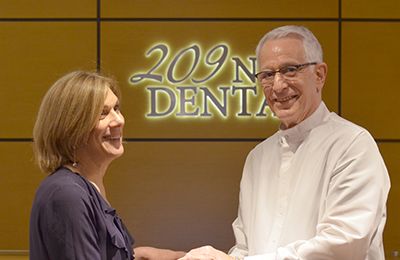 Free Consultation
Free Consultation
 Complimentary Teeth Whitening
Complimentary Teeth Whitening
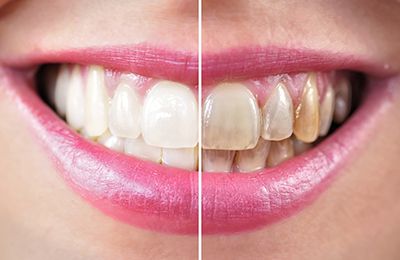 Teeth Whitening
Teeth Whitening
